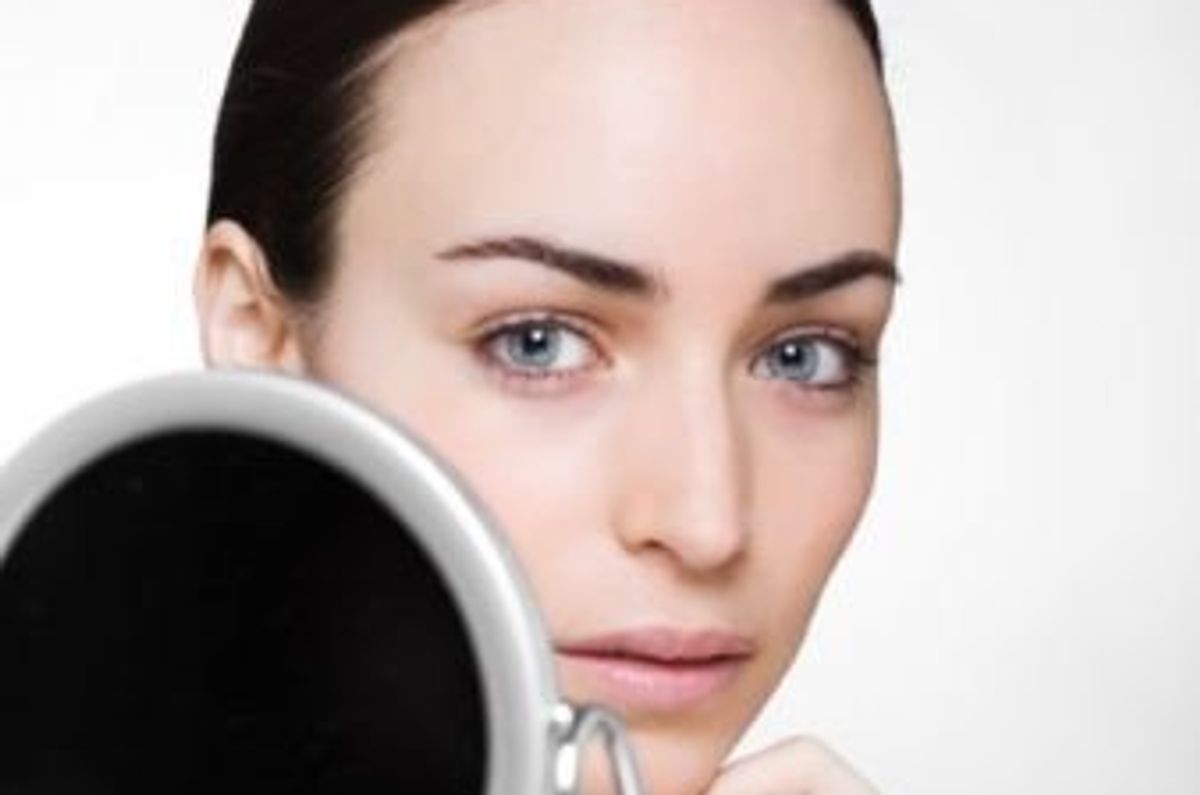By guest blogger: Eucerin Skin First Council Member Dr. Deborah S. Sarnoff
As the fall season begins and the weather starts to change, it is the ideal time to take a closer look at your skin. As women, we are encouraged to care for our internal organs with yearly tests, but we often neglect to take equal care of our skin. In fact, there are just a few easy guidelines you can follow to ensure that the largest organ of your body stays healthy.
Prevention in skin care is crucial: You can avoid so many problems by being proactive with your skin care, particularly by using sunscreen. Even though we know a lot about the damage that can be done by sun exposure, there are still many misconceptions about SPFs. If you're going to get incidental sun on a daily basis, the American Academy of Dermatology recommends using a facial sunscreen or moisturizer with an SPF of at least 30.
However, SPFs higher than 50 offer a minimal increase in additional protection. Instead, it's how you apply it that counts. You need to use at least a shot glass amount of sunscreen for the whole body, and reapply it every two hours when you are outside, year round. And remember, caring for your skin is really a head-to-toe job, from your scalp and ears to the tops of your feet.
Choose tried and true products from brands that you trust: Speak to a board-certified dermatologist about what products they recommend. You can find very nice products at your local pharmacy; just remember to look for hypo-allergenic products that are noncomedogenic to avoid clogging or irritating the skin.
Remember the ABCDEs of skin cancer prevention: Having a yearly body check of your skin from head to toe is so important, and the most crucial thing you can do to diagnose melanoma in its early stage, when it is entirely curable. It all starts with checking your moles for irregularities. "A" stands for asymmetry—any irregularity where the mole is different from side to side could be a potential warning sign. "B" is for border. A jagged edge on a mole could also be a sign of melanoma. "C" is for color, which should be uniform and even, whether it is light or dark brown. If the color is variegated, jet black in color, or mottled with whitish, reddish or bluish hues, this could be trouble. "D" is for diameter. Usually, a benign mole is no larger than a pencil eraser. "E" stands for evolving. If you find a mole that seems to be growing—especially if you're over 40—you should check it out immediately. Sometimes out of nowhere you'll find a pink bump without pigment you haven't noticed before. There are so many benign things it could be, but it could also be a very rare type of melanoma called an amelanocytic melanoma. So if it's new and evolving, get it checked out.
I like to tell patients about the "ugly duckling" sign. If you look at all your moles and one is a bit "funky" or stands out from the others, this could mean a potential problem. That's reason enough to get a body scan by a board-certified dermatologist.
Board-certified dermatologist Deborah S. Sarnoff, MD, is one of the country's preeminent specialists in cosmetic dermatology, laser surgery and Mohs surgery for the treatment of skin cancer. A Clinical Professor of Dermatology at NYU Langone Medical Center, she is also Senior Vice President of the Skin Cancer Foundation and in private practice in Manhattan and Long Island. Dr. Sarnoff is also a member of the Eucerin Skin First Council.







